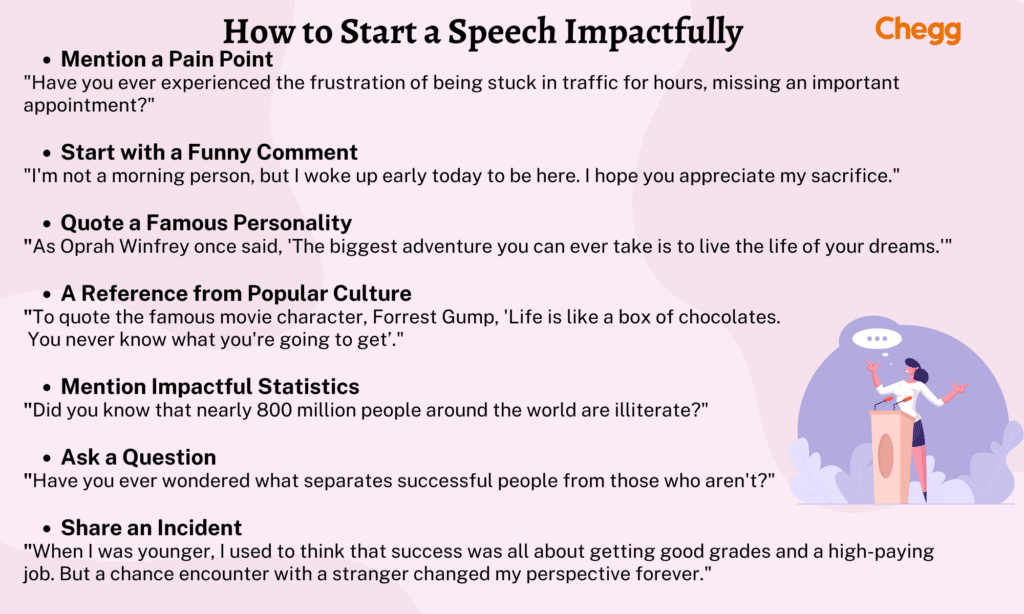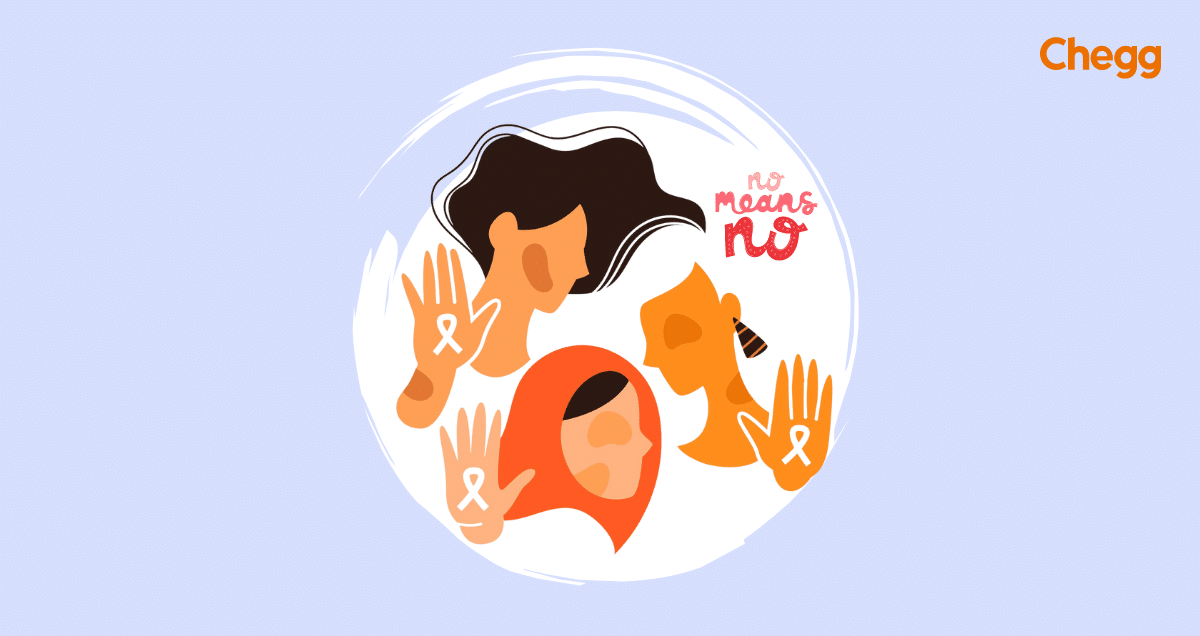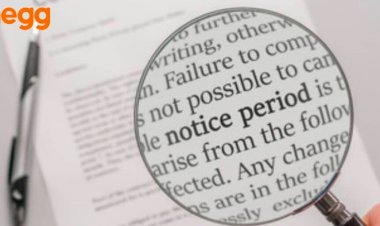7 Innovative Tips to Start a Speech: Captivate Your Audience
You’re about to give a speech and are confused about how to engage your audience from the beginning. In times when the average human attention span has decreased to just 8 seconds, even shorter than that of a goldfish, a common query is how to start a speech, especially to large audiences. The standard ways […] The post 7 Innovative Tips to Start a Speech: Captivate Your Audience appeared first on Chegg India.

You’re about to give a speech and are confused about how to engage your audience from the beginning. In times when the average human attention span has decreased to just 8 seconds, even shorter than that of a goldfish, a common query is how to start a speech, especially to large audiences.
The standard ways of introducing a speech no longer work in this age of distraction. It would help if you had innovative ways to ensure your audience is hooked and invested in your speech.
Here, we will explain seven ways to start a speech that will engage and hook your audience, leading to a more effective and memorable presentation. So let’s dive in and learn ways to grab the audience’s attention at the beginning of a speech.
How to Start a Speech Impactfully
Creating a lasting impression and engaging your audience is crucial when starting a speech. While the traditional approach of starting with greetings and an introduction may not be enough, you can use various innovative speech opening techniques. This section will discuss seven ideas for an impactful speech introduction and the benefits of using each approach.

Mention a Pain Point in Speech
Starting with a pain point is an effective way to grab your audience’s attention and connect with them emotionally. This approach helps establish a common ground between you and your audience, making them more receptive to your message.
For instance, “Have you ever experienced the frustration of being stuck in traffic for hours, missing an important appointment?”
Start with a Funny Comment in Speech
Starting with a humorous comment is an excellent way to break the ice and make your audience comfortable. This approach sets a light tone for your speech and helps put your audience at ease.
For instance, “I’m not a morning person, but I woke up early today to be here. I hope you appreciate my sacrifice.”
Quote a Famous Personality
Starting with a quote from a famous personality helps establish credibility and can capture your audience’s attention. The question now comes about how to start a speech with a quote. This approach adds value to your speech and gives your audience something to consider.
For example, “As Oprah Winfrey once said, ‘The biggest adventure you can ever take is to live the life of your dreams.'”
A Reference from Popular Culture
Starting with a reference from popular culture is an effective way to relate to your audience and make your speech more engaging. This approach adds a personal touch to your speech and can help you establish a connection with your audience.
For instance, “To quote the famous movie character, Forrest Gump, ‘Life is like a box of chocolates. You never know what you’re going to get.”
Mention Impactful Statistics
Starting with impactful statistics is an excellent way to capture your audience’s attention and establish credibility. This approach helps you highlight the significance of your topic and can help persuade your audience to take action.
For instance, “Did you know that nearly 800 million people around the world are illiterate?”
Ask a Question
Starting with a question effectively gets your audience thinking and engaged. This approach helps you establish the tone for your speech and can help you establish a connection with your audience.
For instance, “Have you ever wondered what separates successful people from those who aren’t?”
Share an Incident
Starting with an incident is an effective way to personalize your speech and make it more relatable. This approach helps establish a personal connection with your audience and can help them relate to your message.
For instance, “When I was younger, I used to think that success was all about getting good grades and a high-paying job. But a chance encounter with a stranger changed my perspective forever.”
So, these were a few examples of successful speech openings. Consider these strategies for a memorable speech introduction.

Tips for a Captivating Speech
Are you nervous about giving a speech? Don’t worry; here are some tips for a captivating speech start and guide you on how to overcome nervousness while starting a speech.
#Tip 1: Find ways to connect with your audience
Establishing a connection with your audience from the beginning is important. This will help to make your speech more relatable to your listeners.
There are different types of speech beginnings. But, you may start by greeting your audience in a friendly and inviting manner. Research your audience beforehand to gain insights into their interests and preferences. This can help you tailor your speech to their needs and ensure it resonates with them.
Another effective way to connect with your audience is by sharing personal experiences. This not only helps to establish a connection but also helps to build trust and credibility with your listeners. When sharing personal experiences, ensure that they are relevant to your speech topic and are presented in a way that is relatable to your audience.
#Tip 2: Use vivid language and descriptive imagery
Using vivid language and descriptive imagery is another effective way to make your speech more engaging and memorable. Instead of just stating facts or ideas, try to paint a picture with your words. Use descriptive adjectives and metaphors to help your audience visualize your words. This can make your speech more interesting and help your audience understand and remember your message.
For example, instead of saying, “The sun was shining,” you could say, “The sun was blazing down, heating the asphalt and casting long shadows across the city streets.” This creates a more vivid picture in the minds of your listeners, making your speech more engaging and memorable.
#Tip 3: Use humor to make it engaging
Humor is a powerful tool that can be used to make your speech more engaging and enjoyable. It helps to create a positive environment and can help to ease any tension or nerves you may be feeling. However, it is important to use humor judiciously and ensure it is appropriate for your audience and the occasion.
When using humor, ensure it is relevant to your speech topic and is not offensive or derogatory. Use self-deprecating humor or tell a funny anecdote related to your speech topic. This helps break the ice and create a relaxed atmosphere, making it easier for your audience to connect with you and your message.
#Tip 4: Vary your pace and tone
Varying your pace and tone is an effective way to keep your audience engaged and interested. Speak slowly and clearly when making important points, and speed up when conveying excitement or enthusiasm. Use pauses and inflection to emphasize key points and to give your audience time to process the information.
However, be careful not to speak too fast or slow, as this can distract your audience. Practice your speech beforehand to ensure that you are speaking at a comfortable pace and that your tone is appropriate for your audience and the occasion.
#Tip 5: Ensure the speech has a storyline
An effective speech should have a clear storyline that ties the content together and makes it easier for your audience to follow. Begin with an attention-grabbing introduction that sets the tone for your speech and establishes your main message.
Organize your speech into sections or chapters, each of which should build on the previous one and lead toward your conclusion. Use transition phrases to guide your audience from one section to the next and to create a sense of coherence and flow.
#Tip 6: End with a bang, too!
Finally, don’t forget about the importance of a strong conclusion. Your conclusion should leave a lasting impression on your audience and reinforce your message. Use a memorable quote, anecdote, or call to action to give your audience something to think about. Avoid ending your speech abruptly or trailing off. Instead, end with a clear, confident statement that inspires and informs your audience.
Wrapping it up: Tips for an Impactful Speech
In conclusion, delivering a captivating speech is not an easy task, but it is a skill that can be learned and honed over time. It is important to remember that how you start and end a speech can significantly impact its overall success.
To start a speech impactfully, you can use techniques such as mentioning a pain point, starting with a funny comment, quoting a famous personality, using a reference from popular culture, mentioning impactful statistics, asking a question, and sharing an incident. Once you have engaged your audience, you must keep them interested and engaged throughout your speech.
Some tips for achieving this include connecting with your audience, using vivid language and descriptive imagery, using humor to make it engaging, varying your pace and tone, ensuring the speech has a storyline, and ending with a bang.
Following these elements of an effective speech opening can deliver a powerful and memorable speech that will leave a lasting impression on your audience. Always practice, prepare, and speak from the heart to connect with your listeners.
Frequently Asked Questions
A good introduction for a speech captures the audience’s attention and interest from the beginning. Some effective ways to start a speech include sharing a surprising fact, telling a story or anecdote, quoting a famous person, sharing a relevant statistic, or asking a question. The introduction should set the stage for the rest of the speech and provide a clear direction.
A good greeting for a speech should be friendly and professional but also personalized to the audience. It’s important to thank the audience for coming, introduce yourself, and briefly overview what the speech will cover. You could also connect with the audience by mentioning a shared experience or interest or acknowledging a special occasion.
To start a 2-minute speech, you must capture the audience’s attention from the beginning. Begin with a strong hook, such as a thought-provoking question, a surprising fact, a personal story, or a humorous anecdote. Keep your speech focused and concise, sticking to one main point or message. Be sure to vary your tone and pace to keep the audience engaged, and end with a clear and memorable conclusion that leaves a lasting impact.
Other Related Reads:
The post 7 Innovative Tips to Start a Speech: Captivate Your Audience appeared first on Chegg India.



























